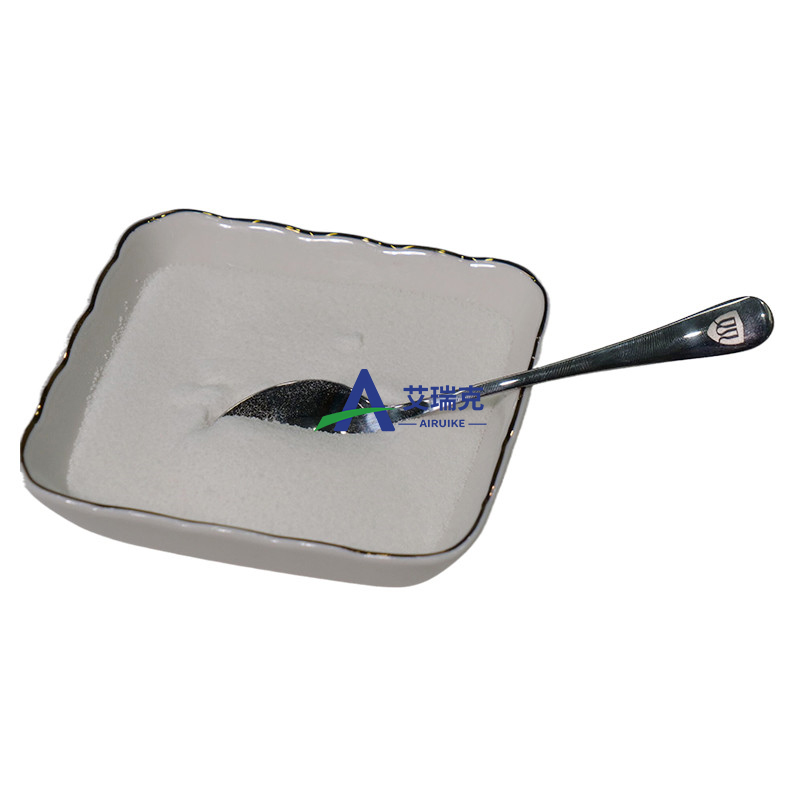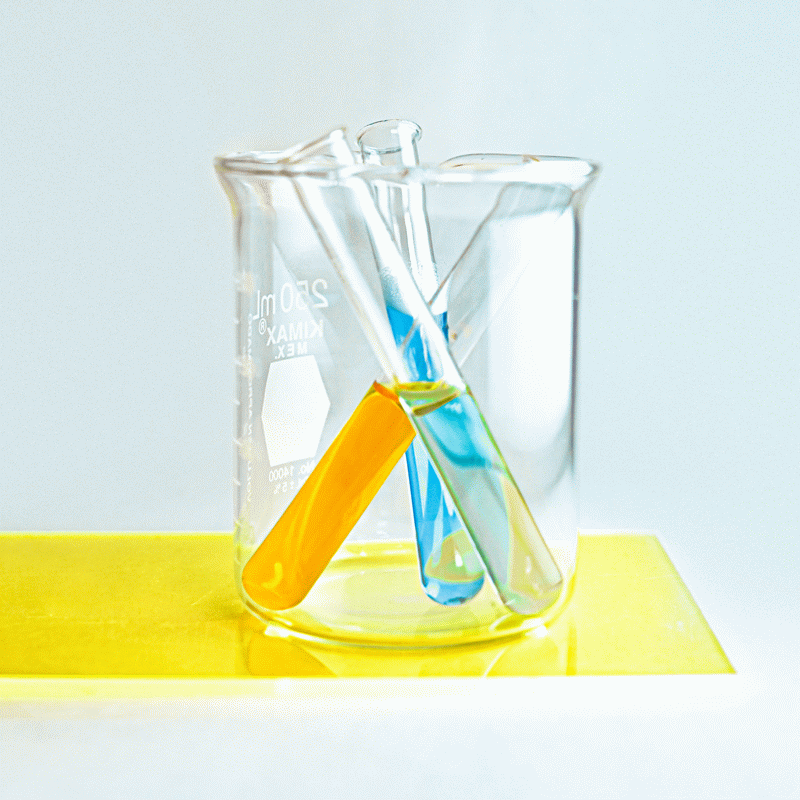Cosmetic Ingredient
- • Abrasive (124)
- • Absorbent (84)
- • Anticaking (66)
- • Anticorrosive (25)
- • Antifoaming (19)
- • Antimicrobials (290)
- • Antioxidant Ingredient (393)
- • Antiperspirant (20)
- • Antiplaque (48)
- • Anti-seborrheic (38)
- • Anti-sebum (39)
- • Antistatic (458)
- • Astringent (162)
- • Binding Agent (172)
- • Bleaching Agent (53)
- • Buffering (191)
- • Bulking (109)
- • Chelating (122)
- • Cleansing (679)
- • Cosmetic Colorant (212)
- • Cosmetic Preservative (158)
- • Denaturant (45)
- • Deodorant (98)
- • Depilatory (27)
- • Dissolving Agent (298)
- • Emollient (795)
- • Emulsifying Agent (480)
- • Emulsion Stabilising (154)
- • Exfoliating (19)
- • Film Forming (299)
- • Flavouring (72)
- • Foam Boosting (161)
- • Foaming (101)
- • Fragrance Ingredient (726)
- • Gel Forming (19)
- • Hair Conditioning (670)
- • Hair Dyeing (363)
- • Hair Fixing (36)
- • Hair Waving or Straightening (45)
- • Humectant (282)
- • Hydrotrope (92)
- • Keratolytic (20)
- • Light Stabilizer (80)
- • Moisturising Agent (50)
- • Nail Conditioning (42)
- • Occlusive (20)
- • Opacifying (119)
- • Oral Care (123)
- • Oxidising (19)
- • Perfuming (2105)
- • Plasticiser (98)
- • Propellant (19)
- • Reducing (50)
- • Refatting (12)
- • Refreshing (26)
- • Skin Cleansing (388)
- • Skin Conditioning (1751)
- • Skin Humectant (21)
- • Skin Protecting (282)
- • Smoothing (31)
- • Soothing (71)
- • Tonics (155)
- • UV Filter (34)
- • Viscosity Controlling (532)
Chemicals as Skincare Ingredients
Related News
-
Pfizer China Oncology Division Restructures Amid Executive Changes
2025-03-19 -
Price Surge Alert as Major Suppliers Increase Barium Sulfate Costs by 200 Yuan per Ton
2025-03-20 -
Shell Considers Partnering with the U.S. and Closing European Chemical Assets
2025-03-26 -
Quaker Houghton Acquires Dipsol Chemicals, Strengthening Advanced Solutions Portfolio
2025-03-27 -
AstraZeneca to Invest $2.5 Billion to Establish Global Drug R&D Center in Beijing
2025-03-25 -
Saudi Aramco CEO: Invest in downstream projects in China's energy, chemical and other fields
2025-03-28
Skin Humectant
-
- / 99.00%
-
Food Grade / 98%
-
AR Grade / 99%
-
Pharmacy Grade / 99%
Request for quotation , get quotes from more suppliers.
Sphingosine-1-phosphate
(26993-30-6)-
Pharmacy Grade / 99%
-
![D-ERYTHRO-SPHINGOSINE-1-PHOSPHATE CAS NO 26993-30-6 buy D-ERYTHRO-SPHINGOSINE-1-PHOSPHATE CAS NO 26993-30-6]()
Industrial Grade, Feed Grade, Food Grade, Pharma Grade / 99%
$11.11/KG EXW
-
![D-erythro-sphingosine-1-phosphate buy D-erythro-sphingosine-1-phosphate]()
-
![D-ERYTHRO-SPHINGOSINE-1-PHOSPHATE buy D-ERYTHRO-SPHINGOSINE-1-PHOSPHATE]()
Request for quotation , get quotes from more suppliers.
-
Pharmaceutical Grade / 99%
$100/KG EXW
-
Pharmacy Grade / 99%
-
![Pomegranatebarkextract buy Pomegranatebarkextract]()
IndustrialGrade / 99.00%
-
![Pomegranate, ext. buy Pomegranate, ext.]()
Request for quotation , get quotes from more suppliers.
Coriander, ext.
(84775-50-8)-
![Coriander,ext. buy Coriander,ext.]()
IndustrialGrade / 99.00%
-
![Coriander, ext. buy Coriander, ext.]()
-
![Coriander, ext. buy Coriander, ext.]()
Industrial Grade / 99%
-
![Coriander, ext. buy Coriander, ext.]()
Different Grade / 99.9%
$0.1/KG EXW
Request for quotation , get quotes from more suppliers.
Prunin
(529-55-5)-
- / 99.00%
-
Industrial Grade / 99%
-
![NARINGENIN-7-O-GLUCOSIDE buy NARINGENIN-7-O-GLUCOSIDE]()
Industrial Grade / 99%
-
![NARINGENIN-7-O-GLUCOSIDE buy NARINGENIN-7-O-GLUCOSIDE]()
Industrial Grade / 99%
Request for quotation , get quotes from more suppliers.
Garcinia mangostana, ext.
(90045-25-3)-
Food Grade / 98%
-
- / 10%
$12.38-15.13/KG FOB
-
![Garcinia mangostana, ext. buy Garcinia mangostana, ext.]()
Industrial Grade / 99%
-
![Garcinia mangostana, ext. buy Garcinia mangostana, ext.]()
Request for quotation , get quotes from more suppliers.
-
- / 99%
-
![4-benzofuran-2-yl-1,3-thiazol-2-amine buy 4-benzofuran-2-yl-1,3-thiazol-2-amine]()
-
![4-benzofuran-2-yl-1,3-thiazol-2-amine buy 4-benzofuran-2-yl-1,3-thiazol-2-amine]()
-
![4-benzofuran-2-yl-1,3-thiazol-2-amine buy 4-benzofuran-2-yl-1,3-thiazol-2-amine]()
Request for quotation , get quotes from more suppliers.
isomaltulose monohydrate
(58024-13-8)-
-
![isomaltulose monohydrate buy isomaltulose monohydrate]()
-
![Palatinose Monohydrate buy Palatinose Monohydrate]()
Industrial Grade / -
Request for quotation , get quotes from more suppliers.
-
![Propanamide,2-hydroxy-N,N-bis(2-hydroxyethyl)- buy Propanamide,2-hydroxy-N,N-bis(2-hydroxyethyl)-]()
-
![Propanamide,2-hydroxy-N,N-bis(2-hydroxyethyl)- buy Propanamide,2-hydroxy-N,N-bis(2-hydroxyethyl)-]()
Industrial Grade / 99%
-
![2-hydroxy-N,N-bis(2-hydroxyethyl)propanamide buy 2-hydroxy-N,N-bis(2-hydroxyethyl)propanamide]()
Request for quotation , get quotes from more suppliers.
Request for quotation , get quotes from more suppliers.
More Information
The moisture content of the stratum corneum must be maintained between 10% and 30%. Below 10% can lead to dry skin conditions, while above 30% can result in excessive hydration, both of which are detrimental to the health of the stratum corneum.
The principles of moisturizing products are the same, including four basic principles: occlusion, humectants, hydrophilic matrix, and photoprotection. Occlusion involves trapping moisture in the skin, creating an environment conducive to barrier repair. Humectants are substances that can absorb water like sponges. Hydrophilic matrix is a protective film covering the outside of the stratum corneum to reduce water evaporation. Photoprotection involves adding active ingredients, such as antioxidants and sunscreens, to moisturizing products.
Common humectants include:
•Glycerin
•Sodium lactate
•Urea
•Propylene glycol






























